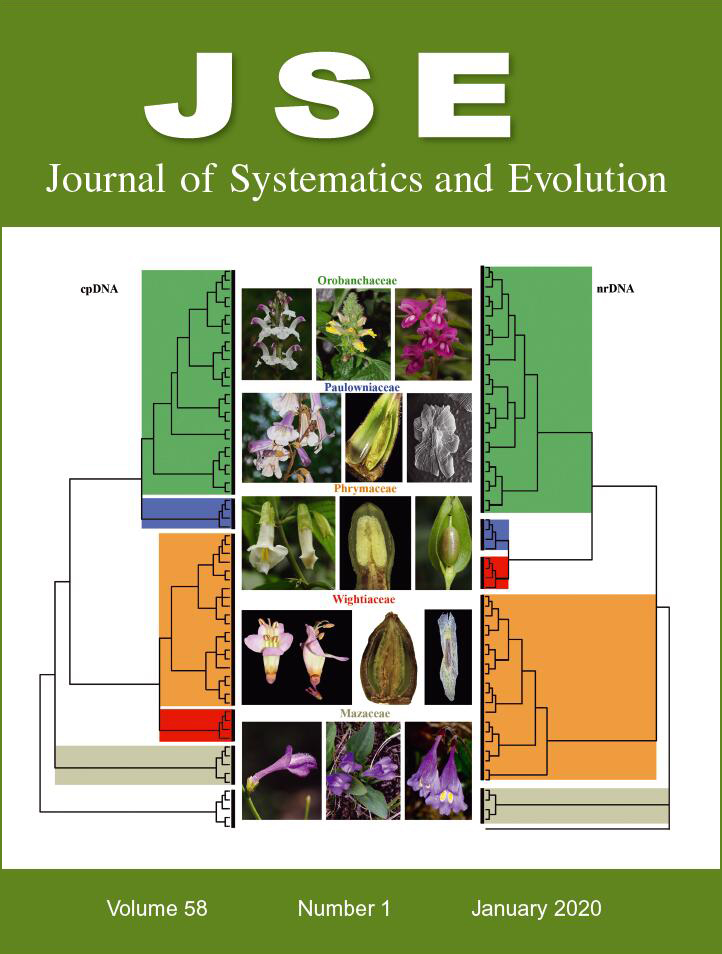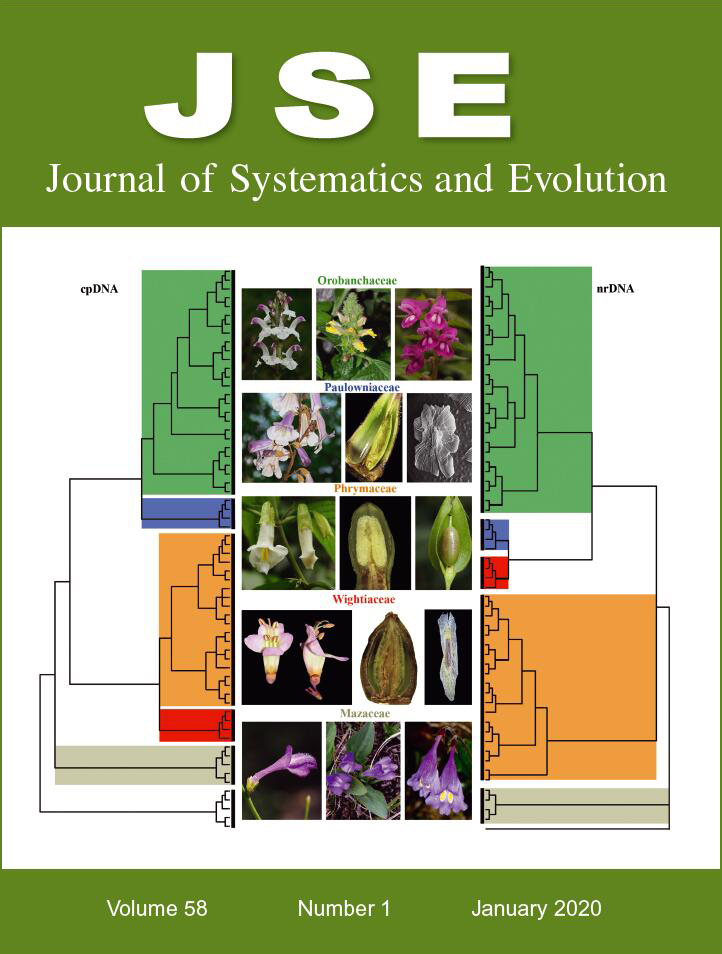


Vicia L. is an invaluable genus with considerable agricultural and economic importance due to its high value as feed, green manure, and medicine. However, most of this genus is not well known and remains underutilized. Due to the imprecise circumscription and delineation of Vicia species, the taxonomic history of this genus is controversial, which has hindered the identification of species with high economic potential. Therefore, rapid and accurate identification of Vicia species is essential. Simultaneously, species identification through DNA barcoding has become an effective taxonomic classification tool. Here, the species‐discrimination abilities of matK, rbcL, trnH‐psbA, trnL‐trnF, ITS1, and ITS2 were tested in 161 Vicia species with both sequence similarity (nearest neighbor, best match, and best close match) and tree‐based (maximum likelihood tree) methods. Among the single barcode sites, trnH‐psbA had the highest level of polymorphism (52.4% variable sites; nucleotide diversity, 0.1338). Additionally, trnH‐psbA had the highest mean interspecific distance (0.1352) and intraspecific distance (0.0071). The combined barcode matK+trnH‐psbA had the highest correct identification rate by the sequence similarity method. Both trnH‐psbA (75.38%) and matK (70.73%) showed higher species discrimination rates than the other barcodes when using the tree‐based method. Based on overall performance, matK and trnH‐psbA, alone or in combination, were the best barcodes for Vicia. Internal transcribed spacer (ITS1) also showed good performance and provided essential information regarding nuclear DNA, so this site is also recommended as a backup barcode for Vicia. These Vicia barcodes can be used to identify species and to evaluate germplasm resource collections.
The Journal of Systematics and Evolutionwould like to acknowledge and thank the following reviewers for their contributions in the period January 1–December 31 in 2019:
Abbott, Richard
Abdelaziz, Mohamed
Appelhans, Marc
Aptroot, Andre
Bachelier, Julien
Bai, Wei‐Ning
Balao, Francisco
Barker, Bill
Barkworth, Mary E.
Bauret, Lucie
Berrached, Rachda
Besnard, Guillaume
Bisang, Irene
Blanco, Candela
Bomfleur, Benjamin
Boratyński, Adam
Campillo, Luke C.
Capblancq, Thibaut
Castells, Juli Caujape
Cellinese, Nico
Chanderbali, Andre
Charboneau, Joseph
Chen, Wen‐Li
Chen, Zhi‐Duan
Clement, Wendy
Cohen, James
Costion, Craig M.
Cronberg, Nils
Crowl, Andrew A.
Davies, Jonathan
De Franceschi, Dario
de Jong, Hans
Del Rio, Cedric
Dickinson, Timothy A.
Drummond, Chloe
Du, Fang
Duckett, Jeffrey
Düsseldorf, Klaus
Ebersbach, Jana
Ebihara, Atsushi
Elliott, Tammy L.
Endress, Peter
Escudero, Marcial
Fan, Xing
Favre, Adrien
Feldberg, Kathrin
Feliner, Gonzalo
Fior, Simone
Frajman, Bozo
Fu, Chao‐Nan
Fujiwara, Tao
Fuse, Shizuka
Gao, Lian‐Ming
Gao, Yong
Gasson, Pete
Ge, Xue‐Jun
Giussani, Liliana
Granados‐Mendoza, Carolina
Gueidan, Cecile
Guo, Chun‐Ce
Guo, Wen‐Wu
Guo, Ya‐Long
Guo, Yan‐Ping
Hao, Gang
Hassel, Kristian
Hassler, Michael
Haufler, Christopher
Hawksworth, David
Herrera, Fabiany
Hervías, Sandra
Ho, Boon Chuan
Hojsgaard, Diego
Hovenkamp, Peter
Huang, Shuang‐Quan
Ickert‐Bond, Stefanie
Ignatov, Michael
Iles, Will
Jia, Gui‐Xia
Jiang, Xiao‐Long
Jin, Jian‐Hua
Kang, Ji‐Chuan
Knoop, Volker
Kowlski, Rafal
Krak, Karol
Krämer, Ute
Kvaček, Jiří
Lakusic, Dmitar
Larhammar, Dan
Lashermes, Philippe
Lazaro, Amparo
Li, Jianhua
Li, Lin‐Feng
Li, Ling
Li, Min‐Jie
Li, Rong
Li, Ying‐Hui
Li, Zheng
Li, Zhong‐Hu
Lim, Jun Ying
Lin, Zhenguo
Liu, Jie
Liu, Zhong‐Jian
López‐Pujol, Jordi
Luo, Zhong‐Lai
Ma, Jian‐Chao
Ma, Xiao
Ma, Yong‐Peng
Magallon, Susana
Mairal Pisa, Mario
Manchester, Steven
Mao, Jian‐Feng
Mao, Kang‐Shan
McDonnell, Angela
McPartland, John
Meza‐Torres, Esteban
Montserrat Martí, Josep M.
Morgan, David
Moyle, Robert G.
Murrell, Zack
Nauheimer, Lars
Nelson, C. Dana
Ni, Zhong‐Fu
Nie, Ze‐Long
Noshiro, Shuichi
Ollerton, Jeff
Olmstead, Richard
Olsson, Sanna
Pannell, Caroline
Paule, Juraj
Pederneiras, Leandro
Percy, Diana
Peruzzi, Lorenzo
Picco, Anna Maria
Pigg, Kathleen
Pirani, Atefeh
Plunkett, Greg
Potter, Daniel
Qian, Hong
Qiu, Ying‐Xiong
Rao, Guang‐Yuan
Reeves, Patrick
Regalado, Ledis
Reginato, Marcelo
Reisch, Christoph
Ren, Zong‐Xin
Riess, Kai
Roedelsperger, Christian
Roeser, Martin
Rojas‐Andrés, Blanca
Rong, Jun
Ronse De Craene, Louis
Roux, Claude
Rubin, Matthew J.
Sakai, Hiroaki
Santos, Carmen
Sauquet, Hervé
Schinnerl, Johann
Sengupta, Aniket
Simpson, Michael
Singliarová, Barbora
Smedmark, Jenny
Smith, James
Snow, Neil
Sochting, Ulrik
Sønstebø, Jørn Henrik
Spalink, Daniel
Stark, Lloyd
Stevens, Peter
Su, Tao
Sun, Feng‐Jie
Sun, Hang
Sun, Yong‐Shuai
Sundue, Michael
Surget‐Groba, Yann
Tate, Jennifer A.
Tembrock, Luke
Testo, Weston
Tu, Tie‐Yao
Uemura, Kazuhiko
Ulrich, Werner
Vanderpoorten, Alain
Vera, Ezequiel
Verstraete, Brecht
Vigueira, Cynthia
Vit, Petr
Walker, Joseph F.
Wallander, Eva
Wang, Heng‐Chang
Wang, Jing
Wang, Wei
Wang, Ying‐Qiang
Wang, Yu‐Fei
Webb, Campbell
Wedger, Marshall
Wen, Jun
Weng, Ensheng
Wester, Petra
Westerberg, Lars
Wilf, Peter
Williams, David
Wu, Zhi‐Qiang
Xia, Hui
Xiao, Guang‐Hui
Xu, Feng‐Xia
Xu, Qiang
Xu, Xiao‐Ting
Yang, Jun
Yang, Qin‐Er
Yang, Ze‐Feng
Yi, Ting‐Shuang
Yu, Yan
Yu, Ying
Zarre, Shahin
Zhai, Wei‐Wei
Zhang, Fa‐Qi
Zhang, Jian‐Wen
Zhang, Liang‐Sheng
Zhang, Wen‐Heng
Zhang, Yong
Zhang, Ze‐Huang
Zhang, Zhi‐Yong
Zhong, Bo‐Jian
Zhou, Tao
Zhou, Yong‐Feng
Zhu, Hai
Zuntini, Alexandre